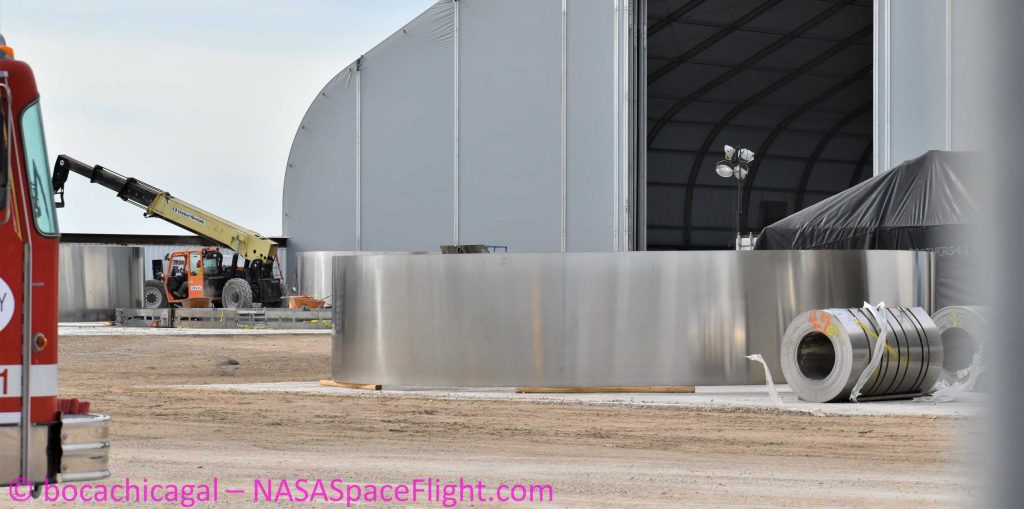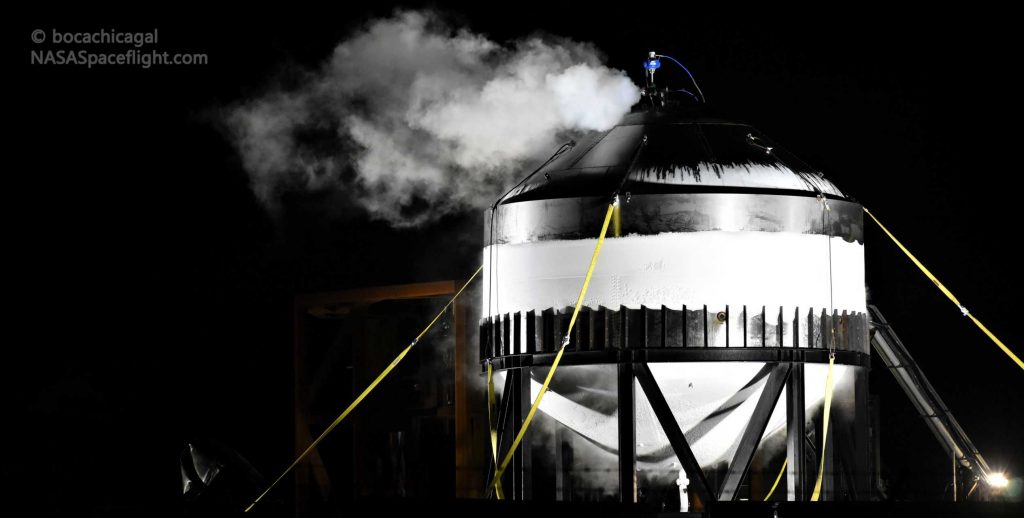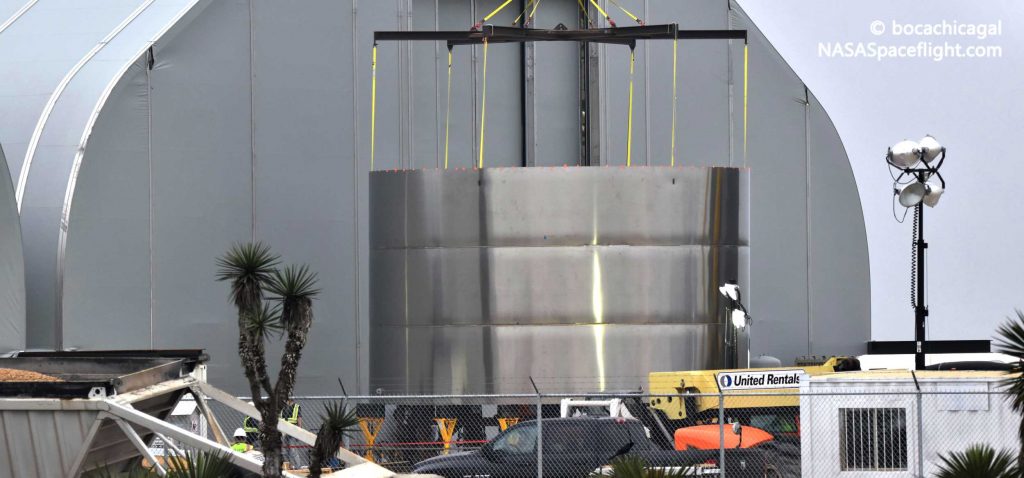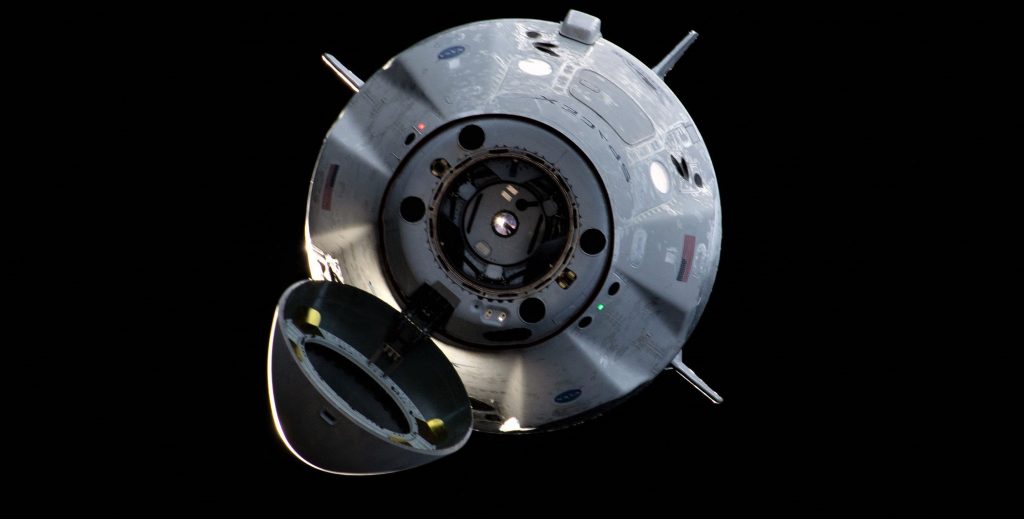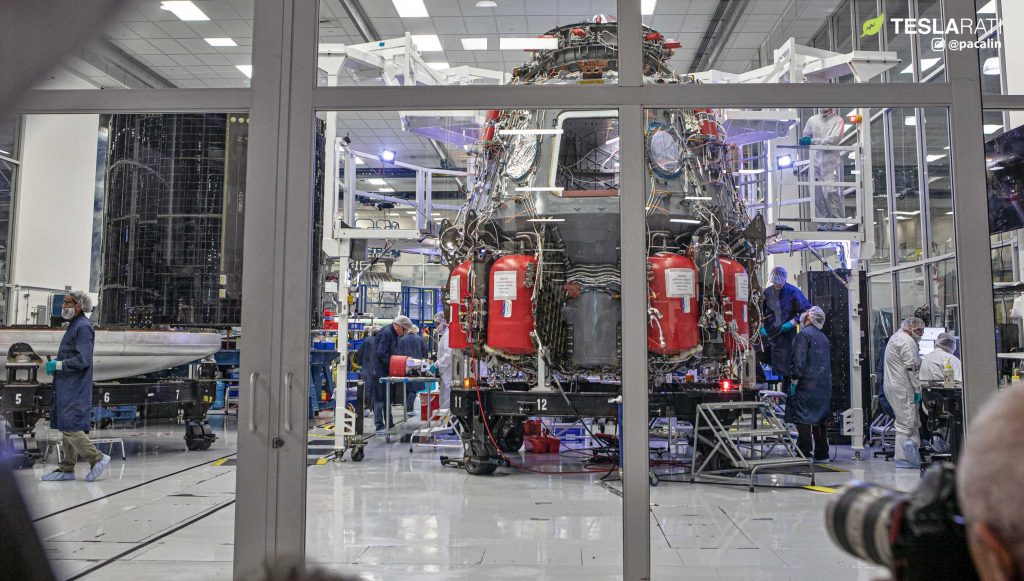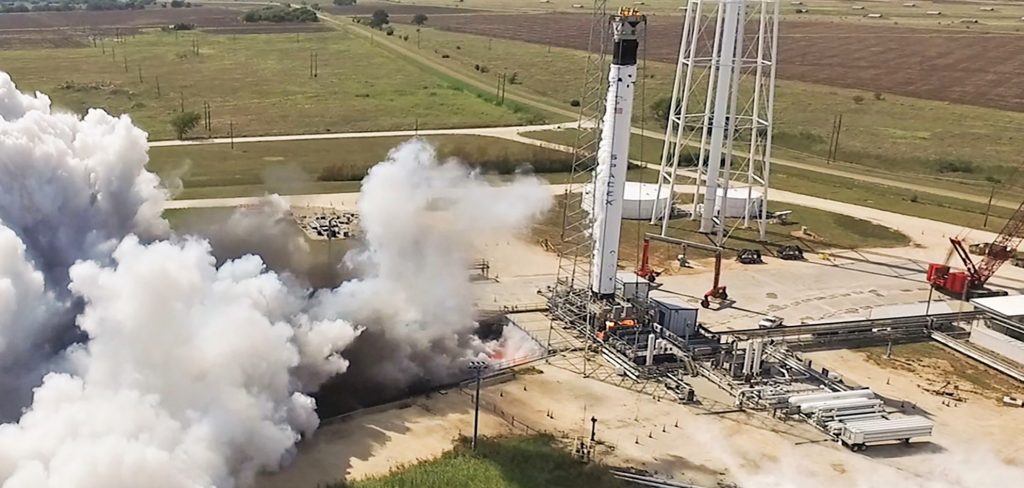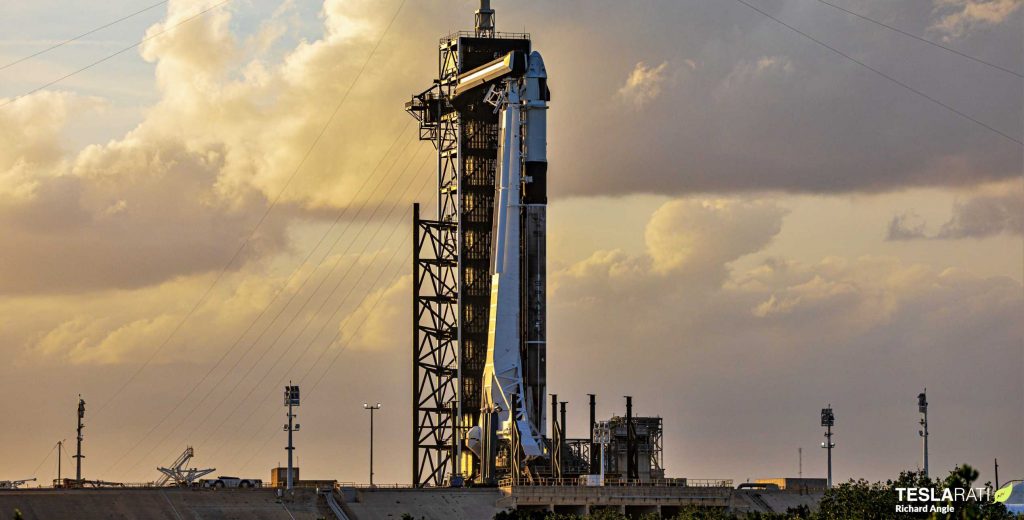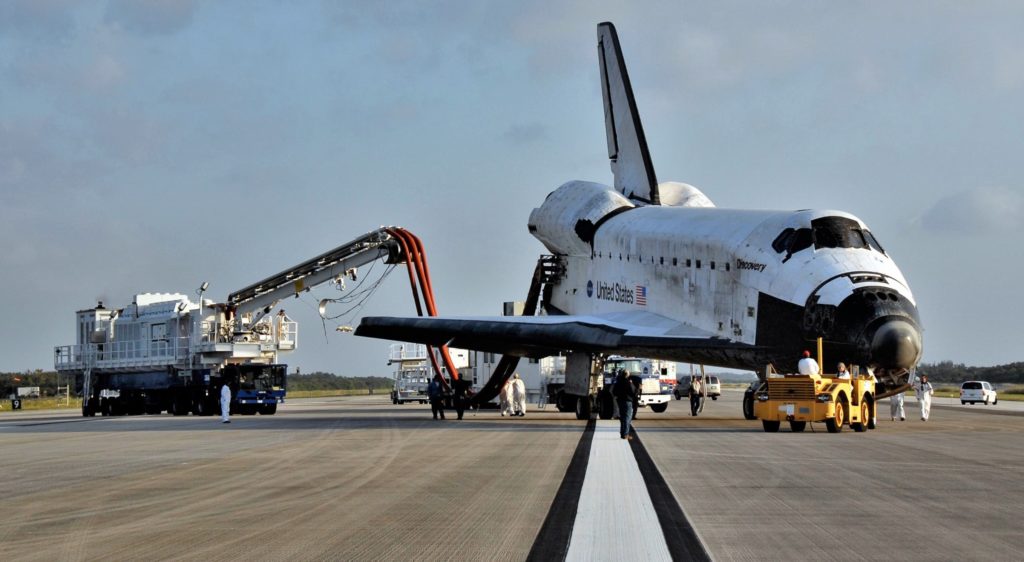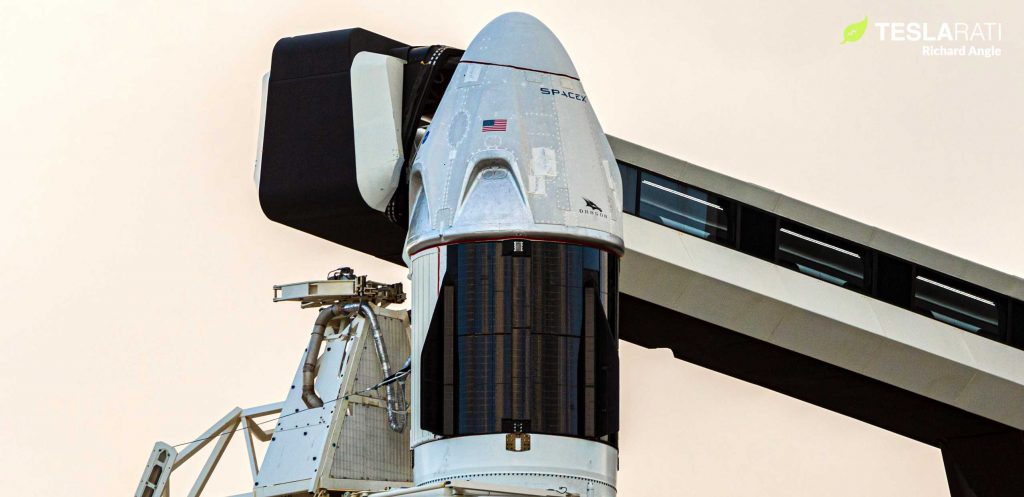Yesterday, Elon Musk posted a cryptic tweet asking the Twitterverse about the possibility of Tesla establishing a Giga Texas facility. The response was overwhelmingly positive, despite some Tesla supporters questioning the rationale behind the notion of investing in a state that has been practically hostile to the company. Yet Tesla’s upcoming lineup of vehicles, particularly its Cybertruck, the addition of Giga Texas to the company’s growing list of factories may very well be a godsend. It could, for one, address the Cybertruck’s “Cowboy Problem” in Texas.
Texas is a large market for pickup trucks. Pickups are so popular in the Lone Star state that the automotive auctioneering firm Mecum did not even bother including sedans and other cars in its auction in Houston last year. Texas accounts for about one of every six pickups sold in the United States. Considering that trucks are among the most popular vehicles in the country, this number is very substantial. This is a goldmine that disruptive all-electric companies like Tesla can tap into, provided their vehicles are embraced by consumers.
In a recent article, author David Freedman noted that real truck buyers primarily worship a vehicle’s specs and utility when considering their next purchase. This is the reason why workhorses such as the Ford F-150 have become such a juggernaut in the United States auto market, and in Texas in particular. Former GM executive Tony Posawatz, who was behind the Chevy Volt, highlighted this in a statement. “Truck buyers are more sophisticated than car buyers in what they’re looking for. They look at their truck as a tool,” he said.
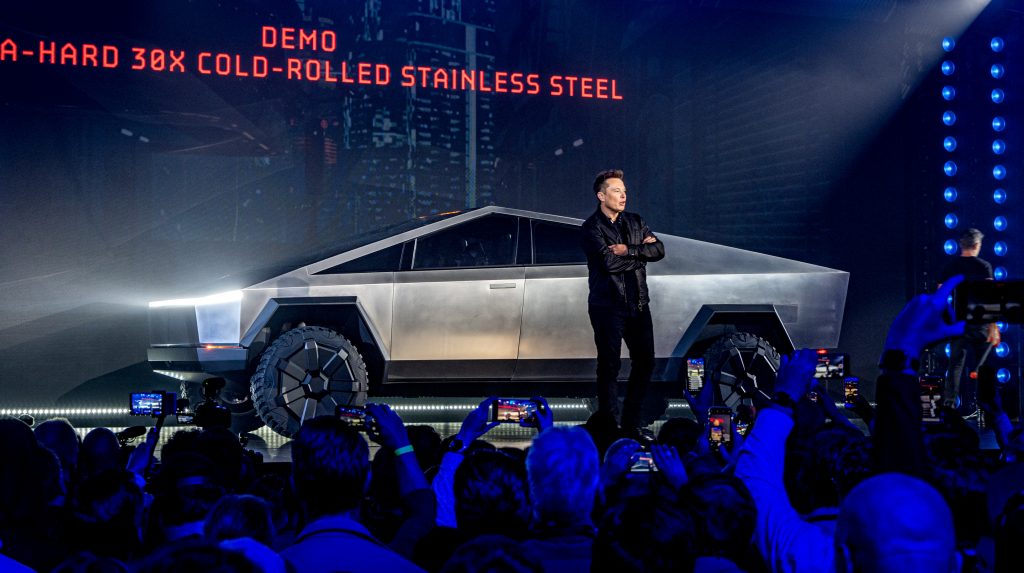
Tesla and its Cybertruck team appear to be fully aware of this, as evidenced by the vehicle’s features and specs, many of which seemed to have been included following CEO Elon Musk’s brainstorming session with his followers on Twitter. From hauling capacity to sheer unadulterated power, the Cybertruck has it all. The vehicle even offers a range of over 500 miles per charge in its sub-$70,000 configuration, something that is yet to be matched by other upcoming EV truck makers like Rivian. The Cybertruck is designed to take an immense amount of punishment without flinching as well, thanks to its stainless steel exoskeleton.
Its controversial looks aside, the Cybertruck objectively has the features and specs that can make it a massive disruptor in the EV segment. Yet there are psychological barriers that work against the vehicle’s favor, and one of them may very well be Tesla’s reputation as a California-bred, Silicon Valley-based company that makes sleek, futuristic cars. Simply put, Tesla does not have the reputation of a car maker that can produce tough vehicles for work. Ford, GM, and other veteran automakers do, and they could be counting on this for their own upcoming electric trucks.
Gabriel Smart of Planet Ford in Houston, which primarily sells trucks, describes the automaker’s pitch for its F-150. “When someone comes in for a Ford truck, it’s because that’s what their buddy drives, it’s what their dad drives, it’s what their granddad drives. So that’s what they want to drive, too,” he said. Tesla, then, has a challenge ahead of it. The company would not only have to buck the stereotypes of electric vehicles with the Cybertruck; it would also have to prove to dedicated truck buyers that its all-electric pickup is a serious alternative to tried and tested vehicles such as the F-150.
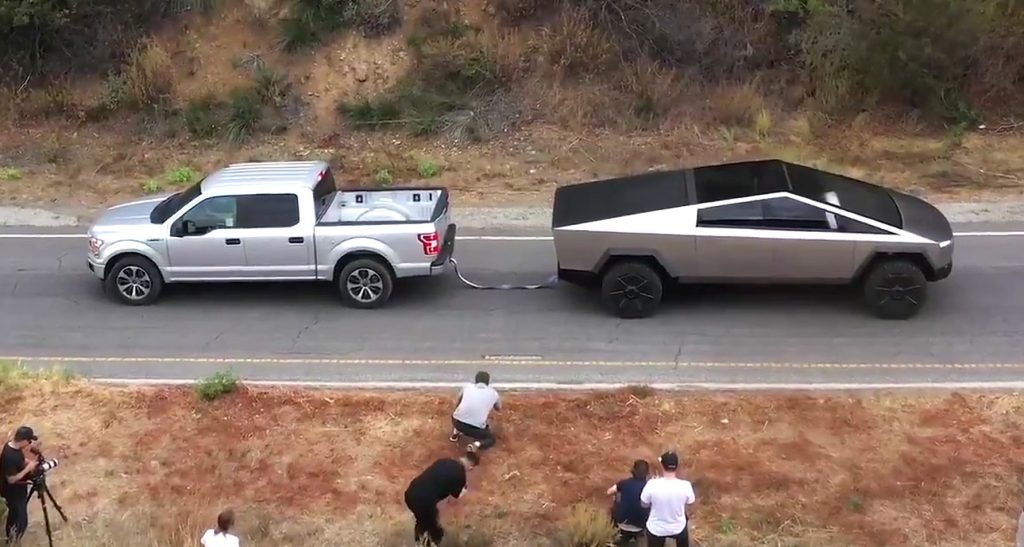
One of the ways that the company can do this is to simply make the Cybertruck as the de facto electric vehicle of Texas by producing the truck right in the state itself. If Giga Texas does pan out, and if the facility ends up producing vehicles like the Cybertruck, it would be very difficult for Texas’ regulators and truck buyers to not support the vehicle. The Cybertruck is already compelling enough with its specs, features, and price alone. Add the fact that it is built using American labor at the heart of pickup country, and the vehicle may very well become the symbol of the US’ next-generation of trucking. This, ultimately, solves any possible “Cowboy Problem” Tesla may have with its all-electric pickup, and it may open up the state to more of the company’s vehicles as well.
Elon Musk noted during the fourth-quarter earnings call that the demand for the Cybertruck has been impressive so far, with the company getting enough orders to correspond to several years’ worth of production. “I have never seen actually such a level of demand as this — we’ve never seen anything like it basically. I think we will make as many as we can sell for many years. So — as many — we’ll sell as many as we can make, it’s going to be pretty nuts,” Musk said. And this is all before the Cybertruck can even tap into the heart of the US’ pickup market.
The Cybertruck is expected to enter the market next year. Tesla plans to start with the tri-motor AWD and dual motor AWD. The $39,990 single motor RWD Cybertruck, which undercuts competitors such as the Rivian R1T, is expected to start production in late 2022.

(adsbygoogle = window.adsbygoogle || []).push({});
<!–
–>
var disqus_shortname = «teslarati»;
var disqus_title = «Tesla’s Giga Texas completely solves the Cybertruck’s ‹Cowboy Problem'»;
var disqus_url = «https://www.teslarati.com/tesla-giga-texas-cybertruck-cowboy-problem-solved/»;
var disqus_identifier = «teslarati-129447»;


